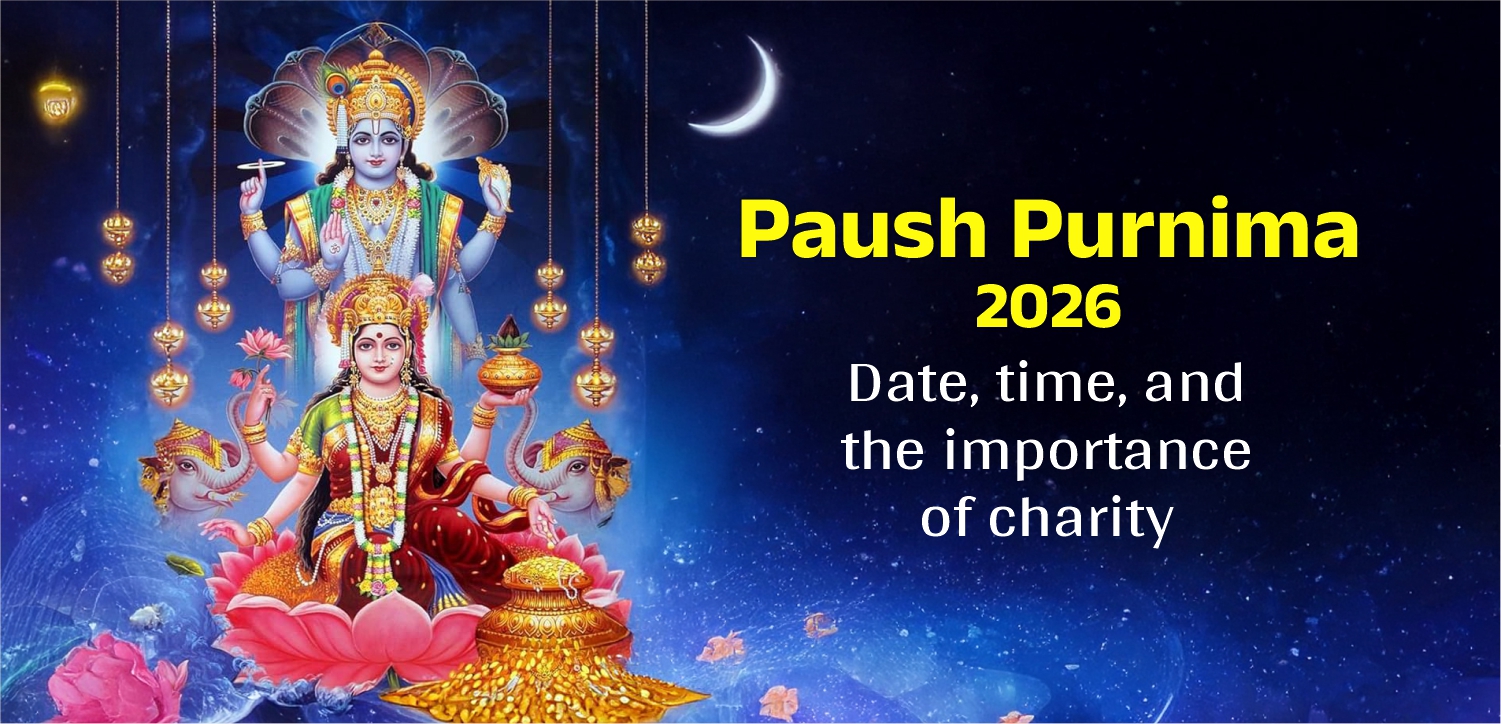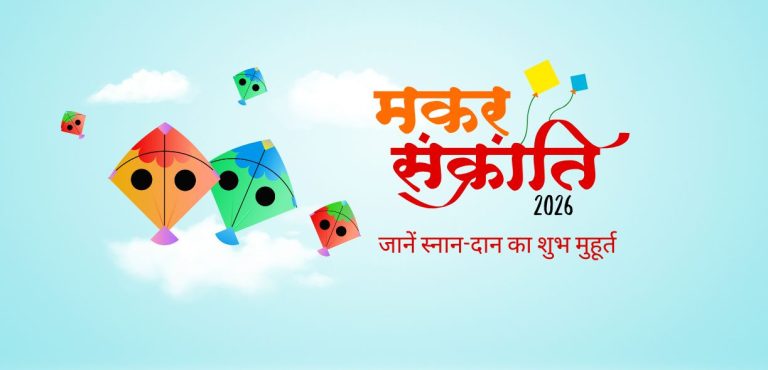Sharadiya Navratri has begun, and this nine-day sacred festival is a symbol of devotion, dance, and celebration. During this time, devotees worship the nine forms of Goddess Durga—Shailaputri, Brahmacharini, Chandraghanta, Kushmanda, Skandamata, Katyayani, Kalaratri, Mahagauri, and Siddhidatri—and seek blessings for a happy life. We should also understand why Mother Durga is called Mahishasura Mardini.
Mother Durga liberated the gods and humanity from the atrocities of the demon Mahishasura by killing him, which is why she is worshipped as Mahishasura Mardini, symbolizing her power and victory over evil.
Goddess Durga’s Supreme Power
In Hindu mythology, the stature of Goddess Durga is supreme. She is not only a symbol of female power but also an embodiment of divine strength and courage. Among her most esteemed tales, the victory over Mahishasur holds the utmost significance. It narrates how she vanquished the demon Mahishasur, liberating the world from his terror. This mythological story conveys a profound message about the triumph of good over evil and the eternal power of women.
The Legend of Mahishasur
Mahishasur was a formidable demon who had acquired immense power through austerities. He became invincible and wreaked havoc across the three worlds. Faced with this dire threat, the gods were powerless, as they were devoid of any strength to combat him. In their desperate hour, they came together to create Goddess Durga, a radiant and awe-inspiring embodiment of divinity. She was hailed as Durga, the invincible one, and a fierce battle ensued.
The Divine Form of Goddess Durga
The gods, in unison, envisioned a divine form for Goddess Durga, who is famously depicted with multiple arms, each bearing weapons granted by various deities. Her divine aura was radiant, and she was ready to confront Mahishasur, the malevolent demon. The goddess’s multifaceted appearance signified her preparedness to face the demon, who had never before met such a formidable force.
The Triumph Over Mahishasur
The battle between Mahishasur and Goddess Durga raged on for nine days and nine nights. It was an epic confrontation between the forces of darkness and the embodiment of divine light, righteousness, and dharma. Mahishasur, underestimating the strength of the divine feminine, launched relentless attacks on her in different forms. However, Goddess Durga’s power remained unwavering. On the tenth day, she finally overcame Mahishasur, symbolizing the ultimate triumph of good over evil.
The victory of Mahishasur Mardini, the slayer of Mahishasur, is a powerful symbol of the triumph of righteousness over malevolence. This divine narrative is an allegory for the destruction of ignorance and ego. The name “Mahishasur Mardini” is a reflection of Goddess Durga’s role as the destroyer of ignorance and ego, ultimately purifying the soul of devotees.
Navratri: The Festival of Mahishasur Mardini
Navratri, spanning nine nights and ten days, commemorates the victory of Mahishasur Mardini. During this time, devotees from India and around the world come together to honor and celebrate the goddess. The nine days are marked by prayers, fasting, music, dance, and various rituals. Navratri provides an opportunity for introspection, purification, and the removal of obstacles from one’s life by seeking the blessings of Goddess Durga.
Embrace the Spirit of Navratri: Cultivating Strength and Virtue Within
The festival of Navratri, celebrated with immense enthusiasm, holds deep spiritual significance. It is an embodiment of the eternal truth that good will always triumph over evil. Goddess Durga, as Mahishasur Mardini, remains an inspiration for all, representing the divine strength that resides within each individual to overcome adversities.
As we embark on this Navratri journey, let us take inspiration from the legend of Mahishasur Mardini and seek the blessings of the Divine Mother to guide us towards righteousness, wisdom, and inner strength.







